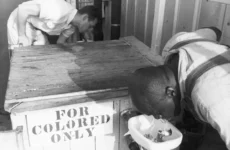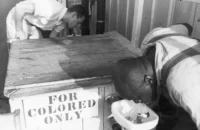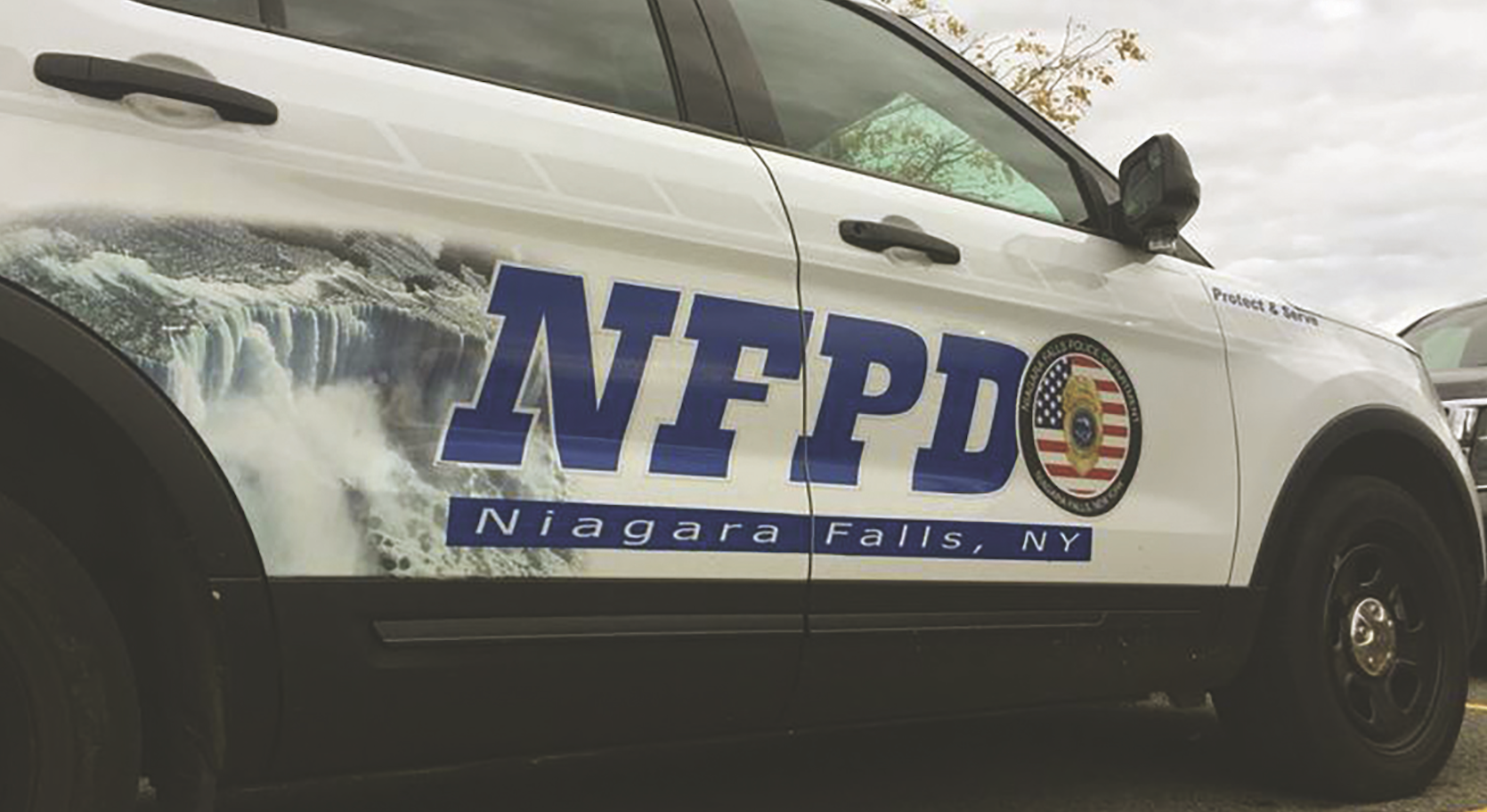By Roger Trevino
Unfortunately, the Niagara Gazette’s article on Friday regarding the Niagara Falls Historic Preservation Commission supporting efforts to designate the Turtle building as an historic landmark leaves out some important facts.
First, while the Turtle building is approximately 42 years old, it was only in operation as the Native American Center for the Living Arts for less than a dozen of those years. It failed because there was no ability to make the facility financially viable. It then sat off the tax rolls for a number of years, until the City of Niagara Falls facilitated its sale and asked NFR to buy it.
Your article doesn’t mention that, at 67,000 square feet, the Turtle building is just too big to support the kind of cultural center some preservationists desire. Other reporting has indicated that a building that size should be designed to accommodate 6,700 people, yet the Turtle can seat less than 1/10 of that.
The article also didn’t mention that NFR bought the property for $1 million: $100,000 per year for ten years. Thanks to NFR efforts, the property was, and remains, back on city tax rolls. Since purchasing the property, NFR has paid more than $1.3 million in taxes to the city, county and school district – in addition to the original purchase price.
The article only cites two public announcements, but NFR has made numerous efforts over the years to develop the site. Indeed, NFR spent considerable expense and several years attempting to establish a Smithsonian-affiliated museum at the site. These efforts included hiring a museum consultant and other professionals and touring the site with representatives of the US Department of the Interior. In the end, NFR couldn’t find any financially viable Native American group with an interest in moving this project forward. Other efforts included outreach to indigenous communities as far away as Mongolia.
More recently, NFR attempted to attract a hotel development to the site, but since the property had been downzoned in the years since NFR took over the building, the City wouldn’t grant a variance back to the original height limit in order to get the project done.
Never in any of these discussions was the issue of historic significance of the Turtle structure raised.
We have always been open to working with the indigenous community in Niagara Falls on cultural preservation efforts and remain so. Yet no financially viable group has ever stepped forward with a serious proposal for the successful operation of the Turtle facility in any way. Moreover, we note that museums across the country are moving away from the display of native artifacts and returning these artifacts to the tribal lands in response to new federal regulations. Most recently, in fact the American Museum of Natural History in New York closed its Native American exhibits for this reason.
In the end, we do not believe that out of town, non-native preservationists should be dictating what structures in Niagara Falls warrant historic designation—nor what structures are historically significant to Native Americans who live in Niagara Falls.
If a building so wrong in so many ways is landmarked for such wrong reasons, it is the taxpayers of Niagara Falls who will ultimately suffer.
ROGER TREVINO
Niagara Falls Redevelopment





















